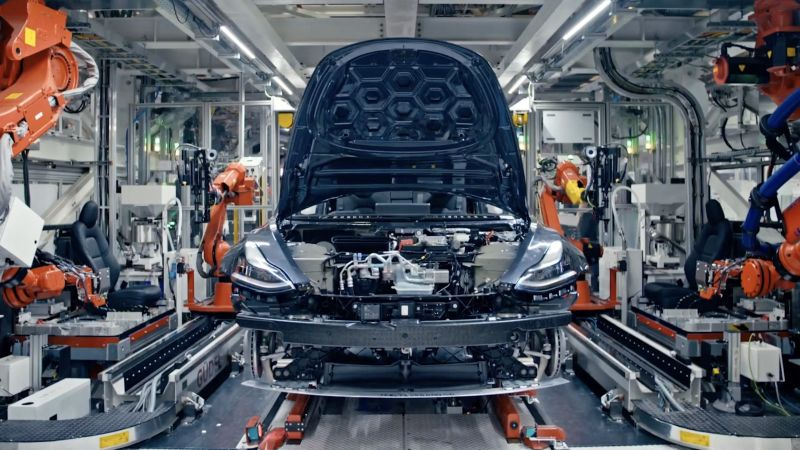Tesla’s Chinese plant in Shanghai is the company’s largest assembly site; its products are actively exported, including to Europe. If the plan to protect the European market from Chinese electric vehicles had come into force in its original form, then European buyers of Chinese Tesla electric vehicles would have had to deal with a duty of 20.8%, but it has now been decided to reduce its size to 9%.

Image Source: Tesla
Let us recall that increased duties on Chinese-assembled electric vehicles came into force in the European Union from the beginning of July; their size was previously determined by regional authorities based on the degree of willingness of specific automakers to cooperate with the antitrust investigation that European regulators launched last fall. In addition to the basic duty of 10% for all, since the beginning of June, Chinese electric vehicles have received a premium of 17 to 36.3%, depending on the brand.
European regulators have concluded that Tesla enjoys certain advantages when producing its electric vehicles in China. Firstly, it buys traction batteries at prices below market prices, fortunately in China this is quite easy to do given the similar volumes of production of electric vehicles themselves. Secondly, as the investigation established, Tesla enjoys certain tax breaks and subsidies in China, as well as export deductions when delivering cars outside the Middle Kingdom. In any case, the 9% surcharge on the base import duty rate proposed for Tesla products will not greatly increase the cost of electric vehicles of this brand in the European market supplied from China.
As Bloomberg explains, in the current version, the list of customs duties provides for a severe surcharge of 36.3% for the Chinese concern SAIC, which refused to cooperate with the investigation, as well as its unwitting “like-minded people.” The Chinese company Geely, which owns the Swedish brand Volvo and the British Lotus, will receive a premium of 19.3%, while the leader of the Chinese auto industry, BYD, will get off with a gentle premium of 17%. Against this background, an additional 9% of Tesla generally looks like a godsend. Moreover, all other Chinese automakers loyal to the EU investigation will pay a duty rate of 21.3% above the basic 10%.
These rules will be discussed by EU countries until August 30, and if no categorical contradictions arise during the discussion, tariffs in this form will be approved on October 30 for a period of five years. In the future, they may be revised at appropriate intervals. China also hopes to find a compromise solution that would better suit national automakers. Now the Chinese authorities are trying to challenge the introduction of increased customs tariffs in the EU through the WTO. Germany and Hungary are also opposed, but their voices do not find much support among the bloc’s neighboring countries. Joint ventures with European companies that operated in China before the investigation and did not export to Europe could face an additional duty rate of 21.3%, European officials said.
Until the end of October, duty rates may be revised if necessary, since they have already changed compared to July. Thus, the additional duty rate for BYD products decreased from 17.4 to 17%, for Geely it decreased from 19.9 to 19.3%, for SAIC from 37.6 to 36.3%, although this difference cannot be called significant . At the same time, for other “loyal” automakers the rate increased from 20.8 to 21.3%. Tesla products could have been subject to tariffs at this rate, in addition to the base 10%, but now the company faces only a 9% surcharge.